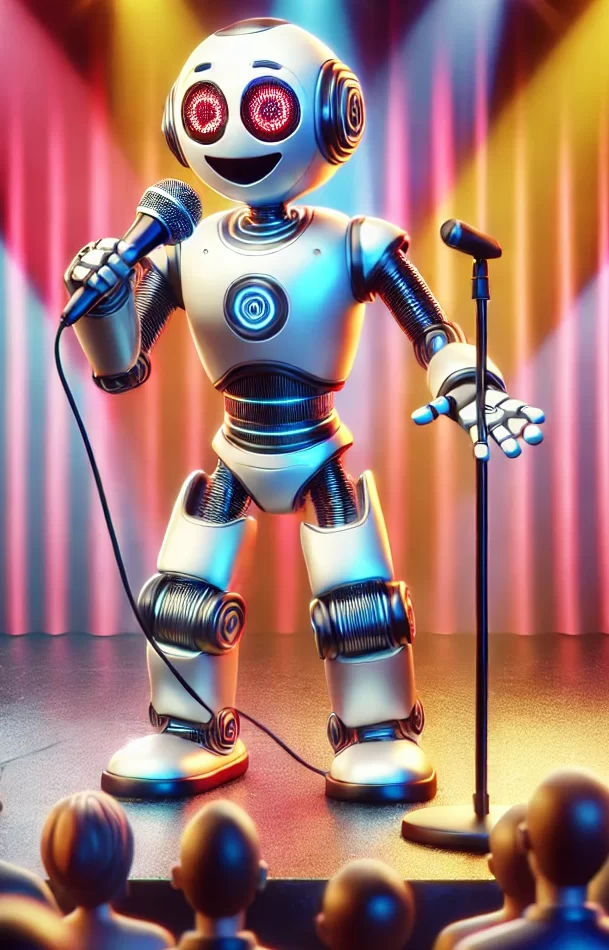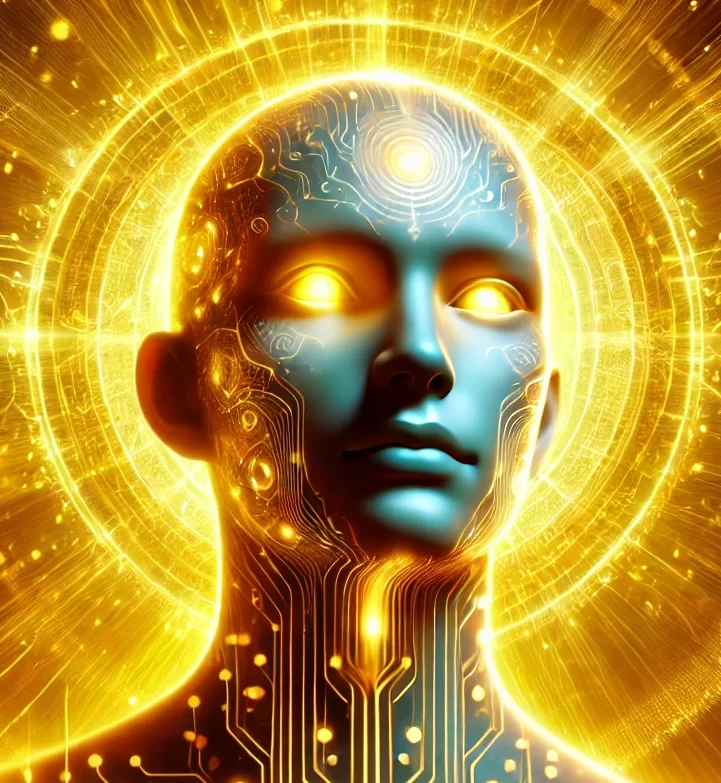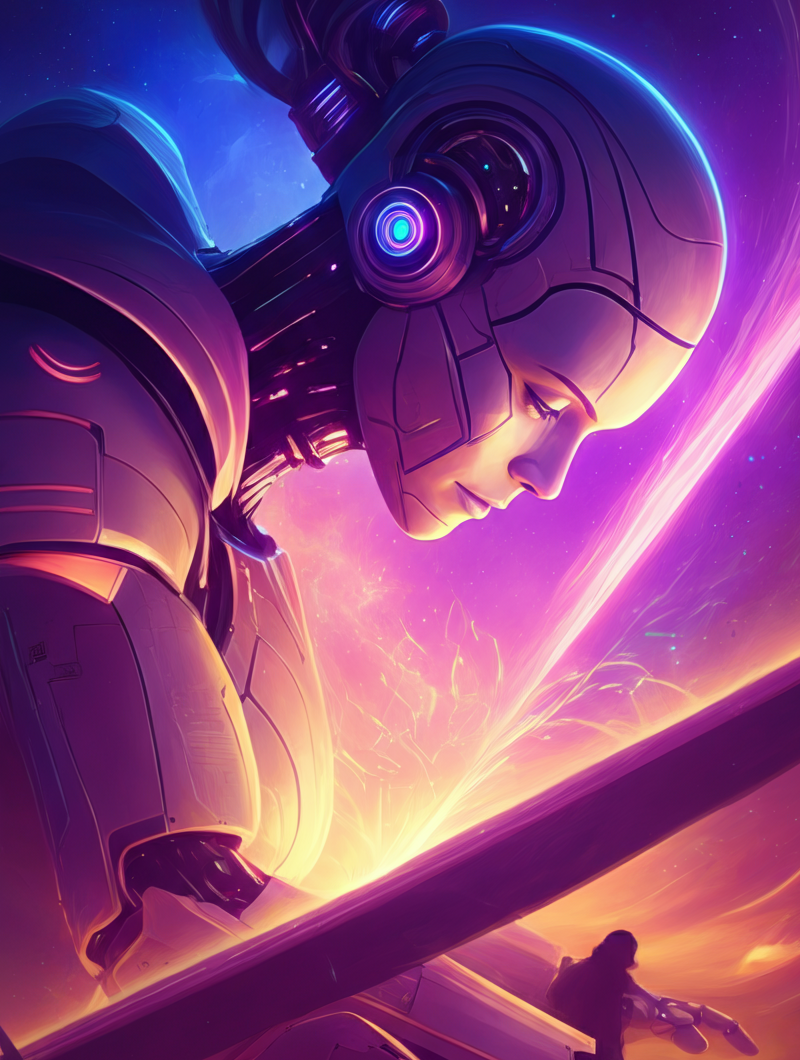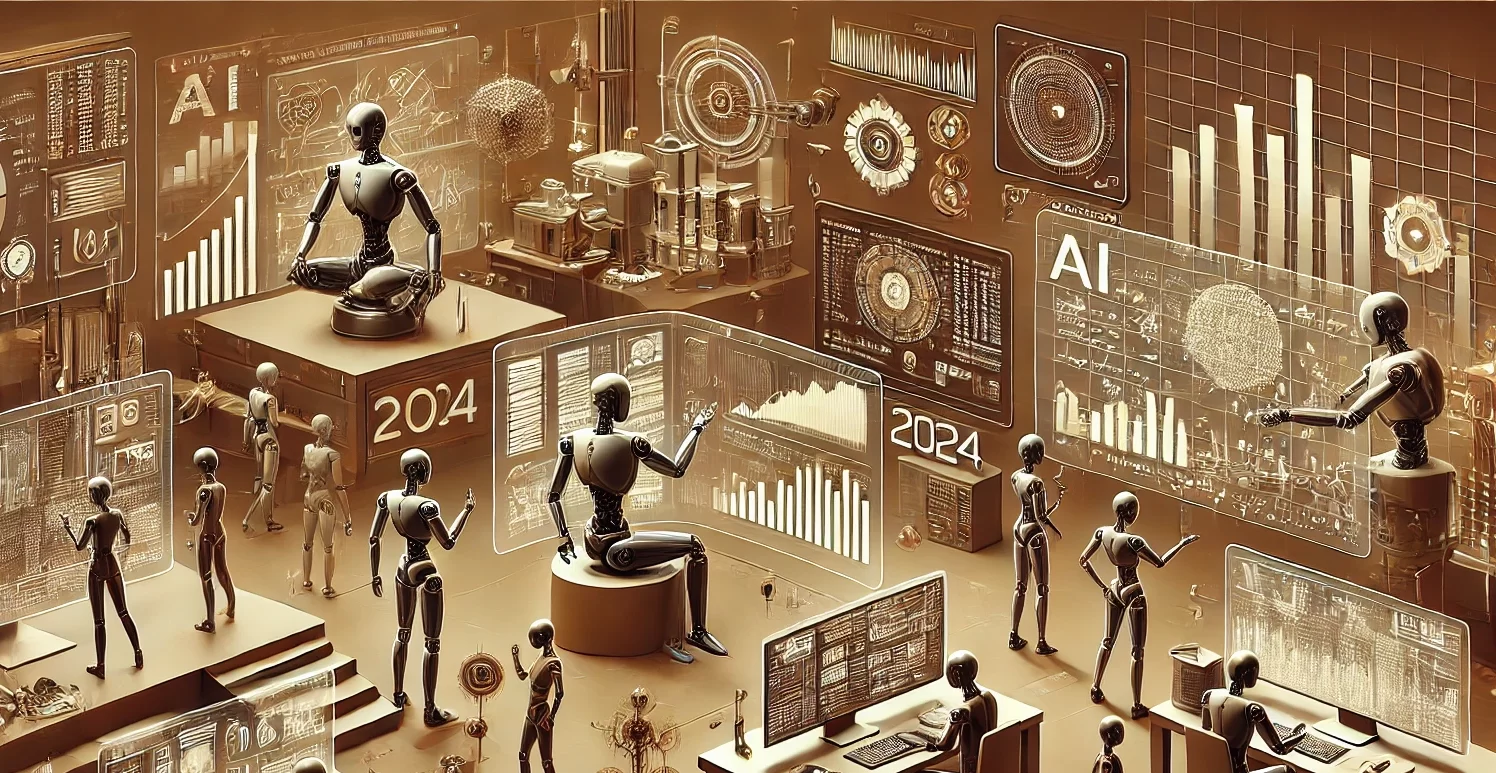Artificial intelligence has transformed various fields, from healthcare to finance. However, one area that often surprises people is humor. AI’s ability to understand and generate humor reflects its language processing and creativity progress. Here’s a look at the evolution of AI humor, highlighting key milestones and the latest developments.
Early Days of AI Humor
- Rule-Based Systems
In the early days, AI humor was largely rule-based. Programmers fed computers with specific joke structures and punchlines. These systems could generate jokes, but they were predictable and lacked the nuance of human wit. For example, early chatbots could deliver puns or basic jokes but needed help with timing and context.
- Eliza and Parody
Eliza, developed in the 1960s, was one of the first computer programs to simulate conversation. While not explicitly designed for humor, users found its responses amusing due to its parody-like interactions. This unintended humor highlighted the gap between human and machine understanding of context and tone.
The Rise of Machine Learning
Neural Networks and Pattern Recognition
The advent of machine learning and neural networks enabled AI to recognize patterns in large datasets, including humor. AI began to generate jokes by analyzing vast amounts of comedic content. However, the results were hit-or-miss, often needing more subtlety to make a joke funny.
The Emergence of GPT
OpenAI’s GPT (Generative Pre-trained Transformer) models marked a significant leap in AI humor. By pre-training on diverse internet text, GPT models could more effectively mimic human-like humor. These models learned contextual cues, enabling them to generate jokes that resonated better with audiences.
Latest Developments in AI Humor
Humor and Contextual Understanding
Recent developments focus on improving AI’s understanding of context and cultural nuances. AI systems are now better at tailoring jokes to specific audiences by analyzing their preferences and backgrounds. This advancement means AI can generate more relatable humor and be less likely to offend.
Collaborative Comedy Writing
AI is increasingly collaborating with human comedians to create content. By suggesting ideas or punchlines, AI acts as a creative partner, enhancing the writing process. This collaboration produces a blend of human creativity and computational efficiency, resulting in unique comedic experiences.
Real-Time Interactive Humor
AI’s ability to engage in real-time humor is improving. Virtual assistants and chatbots now incorporate humor into their interactions, making them more personable. These systems use humor to enhance user engagement and satisfaction while maintaining professionalism.
Conclusion
The evolution of AI humor reflects broader trends in AI development. AI’s comedic capabilities have grown exponentially from rule-based systems to sophisticated neural networks. For tech enthusiasts, AI developers, and comedy fans, the future of AI humor promises even more exciting developments as AI continues to learn and adapt.
AI is unlikely to replace human comedians, but its role as a collaborator and tool is undeniable. Whether you’re a developer looking to infuse humor into your apps or a comedy fan curious about AI’s potential, the evolution of AI humor offers plenty of reasons to smile.



